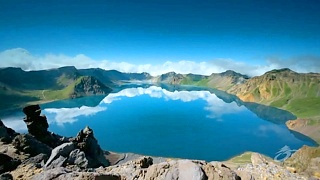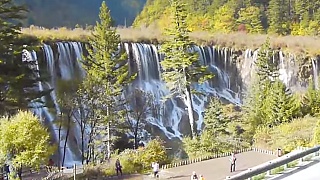 Beautiful scenery around WuSu 乌苏 in XinJiang province
Beautiful scenery around WuSu 乌苏 in XinJiang province
Far north west China ...
[640],shadow=true,start=,stop=
XinJiang map

Related Videos
Featured Videos

|
With EastCultures ...
|

|
"We are a family of four from the USA that recently moved to China for a couple of years for work. We would like to use this channel to share with you our experiences and adventures that encounter along the way. Enjoy!"
|

|
SanQing Shan, 三清山, is a renowned Taoist sacred site located 25 miles (40 km) north of YuShan County in JiangXi Province.
With outstanding natural scenery, plants and wildlife, the park is a UNESCO World Heritage Site that in all covers 230 square kilometers.
SanQing means the "Three Pure Ones" in Chinese as Mount SanQing is composed of three main summits: YuJing, YuShui, and YuHua, representing the Taoist trinity. YuJing (rising 1820 meters above sea level) is the highest.
三峰峻拔、如三清列坐其巅
|

|
With Walk East ...
|

|
Western 'freedom' is a system where the majority will be poor, to pay for spreading that 'freedom' worldwide.
Bonus film : War is Peace - with Neutrality Studies ...
|

|
North east China. The capital is ChangChun.
An awesome film ...
|

|
Cyan lakes, wonderful waterfalls and verdant forests ...
|

|
An exemplary example of classical Chinese garden arts that aspires to the harmony of people and nature. ZhuoZheng Yuan, SuZhou, JiangSu province.
At 52,000 square meters, it is the largest garden in SuZhou.
A beautiful short film ...
|

|
In full ...
Bonus film - the closing ceremony, 2008 ...
|
Tag search ?

 Beautiful scenery around WuSu 乌苏 in XinJiang province
Beautiful scenery around WuSu 乌苏 in XinJiang province





